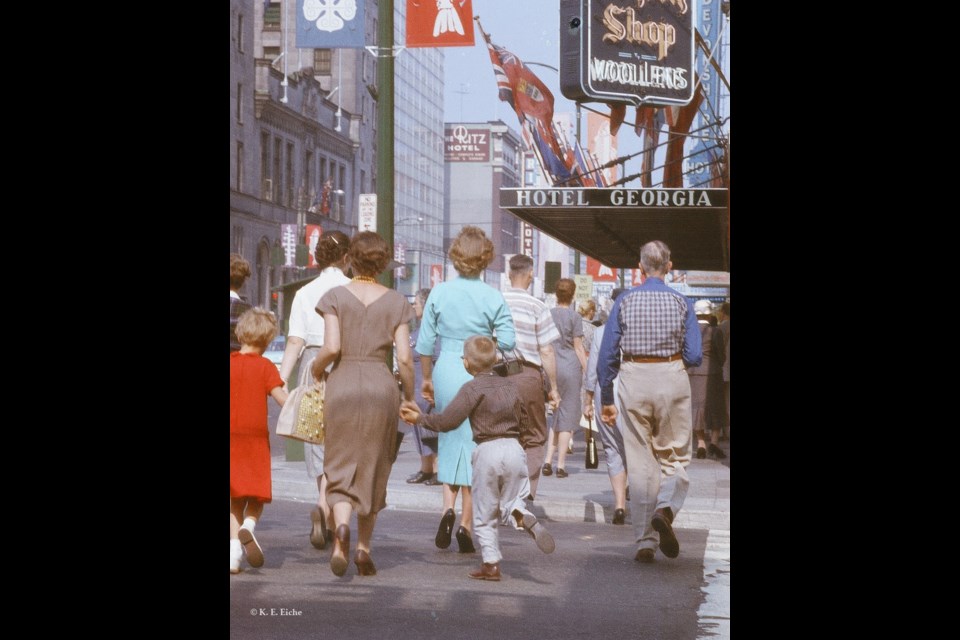The last bastion of dressing up was besieged and fell during the 2020 pandemic. When physical distancing became a requirement in nearly every setting, many white-collar employees opted to avoid the office and work from home instead. Meetings with co-workers were held via Zoom, the participants sitting in front of their computers, visible from the waist up. Before long, people realized that during these meetings they were literally invisible from the waist down. So why bother changing out of sweatpants or pyjama bottoms? If it’s only what can be seen that makes an impression, then it’s only the top half that matters.
At least, that’s what many would argue. Indeed, the idea that your appearance gives cues about who you are isn’t new. Already in antiquity people thought along similar lines, and the notion has survived over the centuries, as is suggested by what have become common expressions on the subject. In 1609, Shakespeare had Polonius say “For the apparel oft proclaims the man” (Hamlet, I.iii.). A few years earlier, 1591, the English humanist John Florio (who, it’s been suggested, wrote some of Shakespeare’s plays) published his collection of Italian proverbs, one of which was “Though manners makes, yet apparel shapes.” Three centuries on, Mark Twain reiterated the notion, writing “Clothes make the man” – the way we dress is linked to the way we conduct ourselves, in other words our manners.
I was looking at some Vancouver street scenes that my father had photographed in the 50’s and 60’s, and I was struck by how well dressed everyone appeared to be. Over the last few decades, we’ve let our sartorial standards sink to a record low. Look at the people you encounter in the shops or on the street – anyone who’s ‘dressed up’ stands out like a diamond pendant on a necklace of plastic beads. And how about our manners? It’s my experience that people were generally more polite in the past, when they were more careful about how they dressed. I think behaviour (manners) and dress are interrelated codes.
Daniel Akst, journalist, wrote a witty condemnation of denim in 2009, describing it as the “co-conspirator in the modern trend toward undifferentiated dressing, in which we all strive to look equally shabby no matter what the occasion.” He was followed by the Washington Post columnist George Will: “Denim is the clerical vestment for the priesthood of all believers in democracy’s catechism of leveling – thou shalt not dress better than society’s most slovenly. To do so would be to commit the sin of lookism, of believing that appearance matters.”
To return to Zoom – is it really just what others can see that matters? Does the way we dress (from head to toe) have no impact on how we feel about ourselves?
I admit I’m guilty of dressing carelessly, especially during this pandemic phase. It’s made my self-esteem sink to a record low. Thus, one 2021 resolution is: dress better and improve self-esteem. But first: I must resolve to keep my resolutions.
Sabine Eiche is a local writer and art historian with a PhD from Princeton University. She is passionately involved in preserving the environment and protecting nature. Her columns deal with a broad range of topics and often include the history (etymology) of words in order to shed extra light on the subject.



